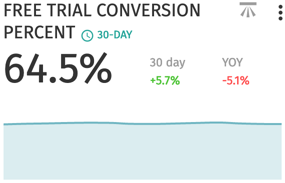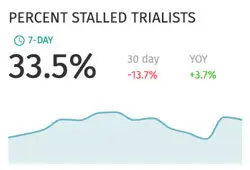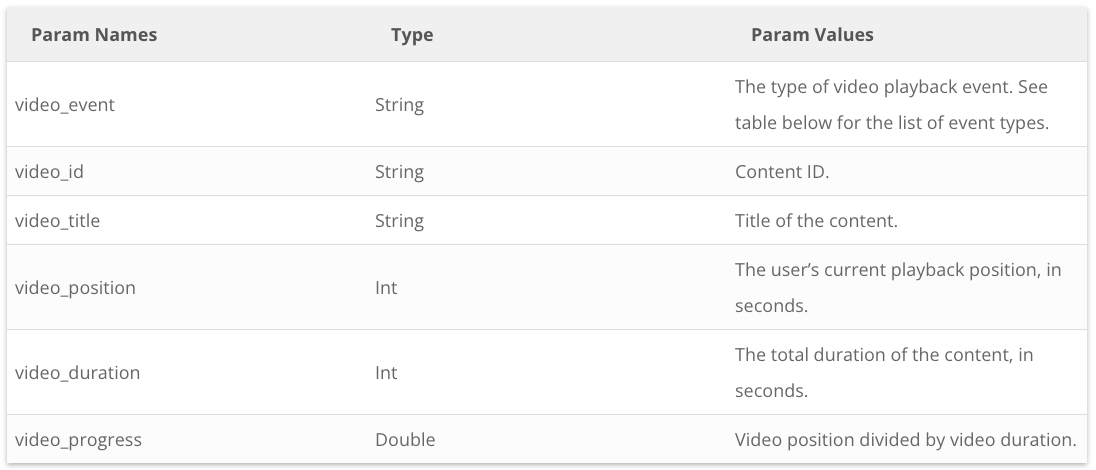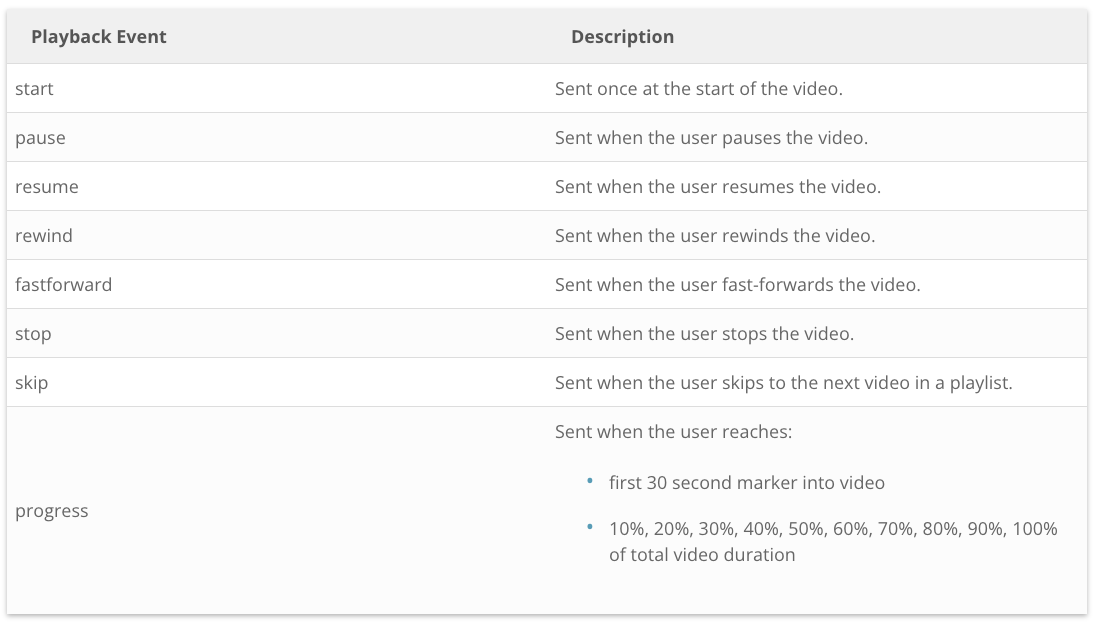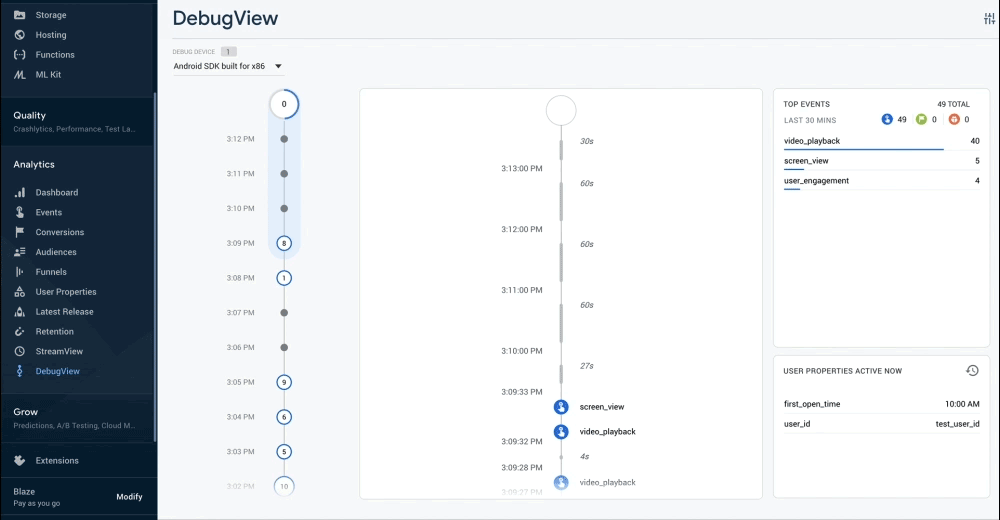OTT IS BOOMING
Traffic is high and growing rapidly on connected devices (CTV). This high traffic, in addition to the uncluttered, high quality experience, is driving up CPMs. Due to the premium nature of their content, Brightcove customers have even reported CPMs between $25-$70, surpassing the range observed by eMarketer of $19.84 to $28.33 from Q4 2017 to Q4 2018.
In the competitive and crowded market of streaming services, these high CPMs, along with a lower barrier to entry for viewers, make ad-supported models attractive for media companies. Even HBO, which has historically been known for its lack of ads, has announced that it will be including ads with its HBO Max offering in 2021, according to Reuters. Agencies like Mediacom are even launching divisions specializing in OTT with smart TVs and gaming consoles as their core focus.
For Brightcove, the ANZ region has been a leading indicator for what’s to come for digital advertising. The ANZ market is dominated by free to air Broadcasters and non paywalled content, which has forced leadership and innovation in the space. So we turned to our Australian colleagues, customers and partners to weigh in on some global OTT advertising challenges and opportunities, starting with IAB Australia CEO, Gai Le Roy,
“The Australian market has seen a huge surge in CTV investment over the last 12 months with the percentage of local media owners’ video revenue for big screen inventory increasing from 23% to 40%. The increase in trading has been driven by a combination of higher consumption and agencies embracing the opportunity of buying inventory in high quality environments often with first party data that can help replace reach that may have been eroded by shrinking linear TV audiences.”
OTT ADVERTISING STILL HAS CHALLENGES
There has been a major gap between the tracking, reporting and targeting available on desktop versus what’s available on CTV, with mobile falling somewhere in the middle. This has led to lower fill rates on CTV compared to other devices. While there are inherent measurement challenges in OTT environments, this inventory is subject to the same scrutiny as traditional online video advertising. It’s important for buyers and sellers to understand this and come to the table with the right expectations. One common example is that some advertisers have been reluctant to buy inventory that doesn’t include viewability or doesn’t let them drop a cookie.
“The value of being seen in an uncluttered, big-screen environment vastly outweighs the nearly non-existent value of having a viewability metric on a CTV, but buyers are still slow to change,” says Mark Stanton, VP, International Product Management at Brightcove.
THINGS ARE IMPROVING
New standards: In response, leaders in the space have begun investing in initiatives designed to alleviate the problem, like the IAB’s Open Measurement SDK. Smart TVs are also getting easier to work with. Teams around the industry are building universal HTML5 apps that work across Samsung, LG, Playstation, etc. to further encourage standardization. However, these efforts are lost if buyers do not get on board.
Buyers are loosening up: Although buyers don’t get the granular reporting they are accustomed to on the web, they are loosening their requirements as they see the opportunity in OTT. While there are still technical limitations, buyers have become more accepting that an ad on a TV is inherently viewable. Some DSPs have made updates to their algorithms to detect whether inventory is coming from a CTV and evaluate it differently from web and app. Other factors, such as Google phasing out cookies and restrictions on user tracking imposed by GDPR, will help drive action. The technologies used to track users that are unavailable in CTV environments will soon be unavailable on the web as well, forcing buyers to adapt.
Juliette Stead, Senior Vice President, APAC for video advertising platform Telaria weighed in saying, “BVOD (broadcast video on demand) is 100% viewable. Most buyers now appreciate that viewability vendors simply don’t have a consistent product solution for CTV. The need for viewability measurement across CTV has generally decreased among savvy buyers who recognise the power, value and long term benefit of television, and who are safe in the knowledge that curated, professionally produced content which is 100% viewable will provide an effective environment for their brand. BVOD generally, and CTV in particular, has seen a significant increase in demand from a broad range of advertiser categories over the past 24 months, and I expect to see a further increase in investment over coming years.”
Advancements in audience data: Media companies are providing more context for content beyond just name and genre; leading companies are even using AI indexing on content. Many broadcasters have been building out their audience data on CTV. However, agency CTV data is still limited.
“The industry is developing new ways of measuring audiences to both verify audience data as well as evolve co-viewing estimations. Locally three quarters of AVOD audiences are watching content with another person for at least half of their viewing sessions,” confirms Gai Le Roy, IAB Australia.
Limited agency data can be viewed as both a positive and a negative for media companies: It’s good in that if agencies want targeting, they need to buy using the media company’s data. But it’s bad in that if agencies are buying programmatically using their own data, CTV inventory will get overlooked. In comes third-party data.
Third-party measurement and data providers like Nielsen, OzTAM, and Moat are actively trying to solve this dilemma with solutions like co-viewing measurement and by leveraging manufacturer data from vendors like Roku. Things like global scale and how this data is transacted upon still need to be sorted out, but this effort represents progress nonetheless.
Peter Henning, Principal Consultant at Traffic Software, who has worked extensively with major broadcaster TVNZ expresses, “It will be interesting to see the innovation that OTT publishers and technology vendors can achieve with first party data ‘logged in and federated’ solutions, that are secure and scalable.”
According to Julliette Stead, “At Telaria, we work with a number of Australian and New Zealand broadcasters – Seven West Media, Nine Entertainment, Foxtel, Ten, SBS, TVNZ and Mediaworks. All have a data capture strategy in place, and we have integrated with publisher DMPs in order to best segment BVOD supply for targeting purposes across all devices, including CTV. In addition, we are able to ingest content metadata for show specific or category targeting. This allows broadcasters to create solutions to the many differing needs presented by brands for broad and targeted reach campaigns alike.”
THERE’S STILL A WAYS TO GO
“Innovation is happening on multiple complimentary fronts in OTT to increase the value proposition for advertisers. These innovations need to integrate with a server side ad insertion foundation to offer a viable product pathway for OTT publishers,” says Henning. “Consumers now expect a quality viewing experience and it is vital that the industry pivots in how we deliver marketing messages to provide interactive, contextually relevant experiences.”
At Brightcove, we’ve been using our unique position in the industry to help solve these tough challenges. Among other efforts, we’ve been investigating how to improve the data available from CTV Server-Side Ad Insertion – both the data about the user that’s available to the ad decisioning system and the data about the ads served (or not served) that’s available to the publisher. We’re keeping these considerations in mind in order to enhance our SSAI measurement and to optimize OTT apps with flexible monetization.
Learn more in our PLAY episode, “Problem Solved: Troubleshooting Ad Delivery in the Brightcove Player”.




